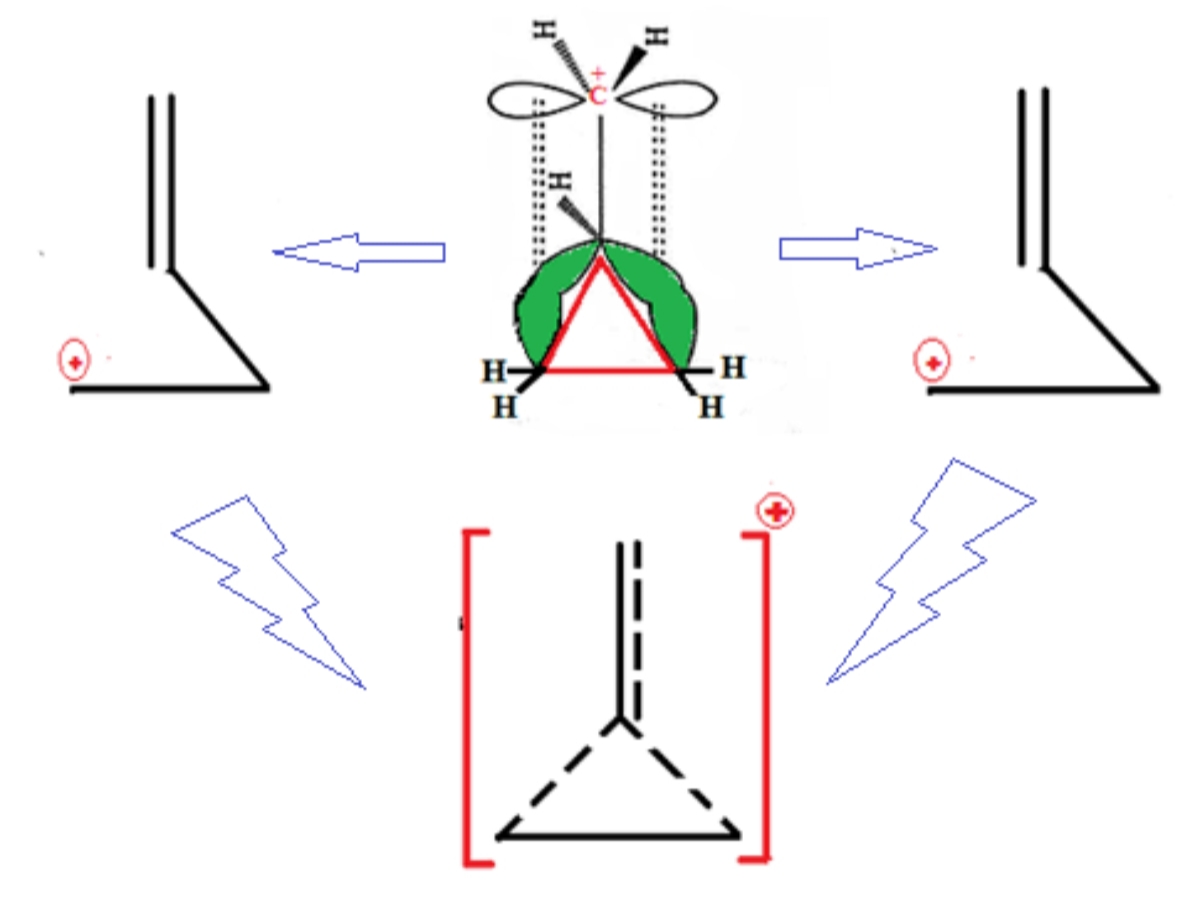I think the product may be formed by the following pathway.
First, the carbanion will form when the strong base abstracts the proton from the α-position. The lone pair generated would obviously have two points of attack, either at the nearer carbon to form the cyclopropyl ring or at the farther carbon to form a five membered rkng where the whole controversy lies.
While apparently, the position five membered ring appears to be more stable than a small highly stained three membered ring, a very interesting phenomenon occurs if such a three membered, strained ring forms.
This is similar the basic resonace observed in cyclopropane.
The carbonyl functional group also triggers the reaction foreward towards formation of the product.
Let us begin by observing the resonance structures of the carbonyl functional group.
Clearly, out of the two contributing structures, positive charge may be seen residing on the carbonyl carbon while negative charge may be seen on the carbonyl oxygen.

A combination of these two resonance hybrids leads to generation of partial positive charge on carbon and partial negative charge on the net resonance hybrid.
Next, we have to observe the structure of the 1-methylcycloropyl carbocation.
Due to ring strain the bonds are bent and a special kind of resonance involving the σ C-C single bond is observed.

In fact the bonds are actually sp5 hybridized i.e. having large p character to ease the ring strain.
The enormous stablity can be alluded by the following resonce diagram.
Moreover, the immense stablity of tris(cyclopropyl)methyl carbocation, is actually due to this σ-resonace. It is actually the one of the most stable carbocations known.

As the number of cyclopropyl groups increase, the stablity increases.

Now to observe a combination of both.
In the final product the M- effect of the carbonyl group will favour the extended delocalisation of electrons of the σ-bond over the oxygen.
Thus, the enourmous stablity concept of cyclopropane may be attributed to the compound under question by the following diagram:

To draw the resonance structures in a simplified way we first show complete charge seperation between the carbon and oxygen of the carbonyl group. Then the structure becomes similar to a cyclopropylmethyl carbocation showing the required stablising resoance of σ-bond.
Due to this unique resonance effect, also known sometimes as dancing resonance, the product becomes exceptionally stable, more stable than the 5 membered ring obtained in the other case.
Hope this helps.
References:
What is the reason for the exceptional stability of the cyclopropylmethyl carbocation?








